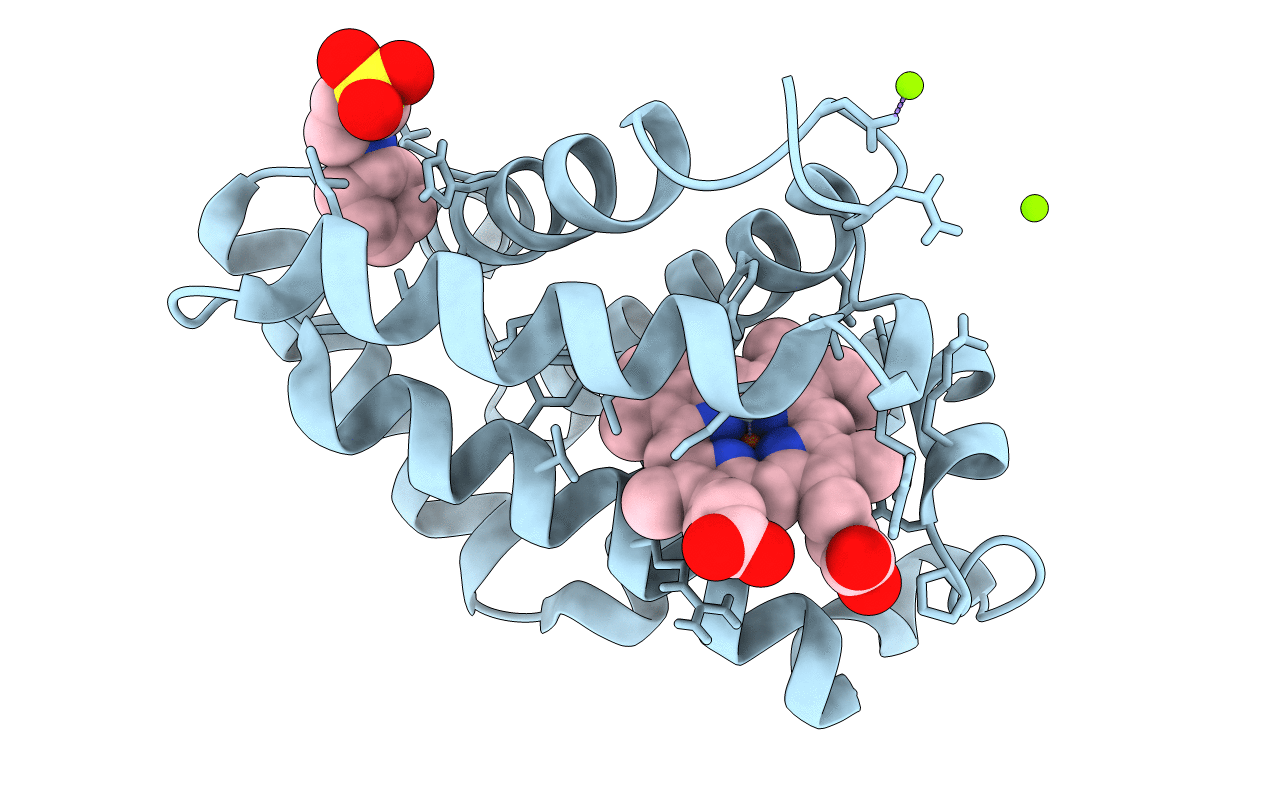
Deposition Date
2005-02-14
Release Date
2005-05-20
Last Version Date
2024-05-08
Entry Detail
Biological Source:
Source Organism:
DROSOPHILA MELANOGASTER (Taxon ID: 7227)
Host Organism:
Method Details:
Experimental Method:
Resolution:
1.20 Å
R-Value Free:
0.13
R-Value Work:
0.10
R-Value Observed:
0.10
Space Group:
P 21 21 21


